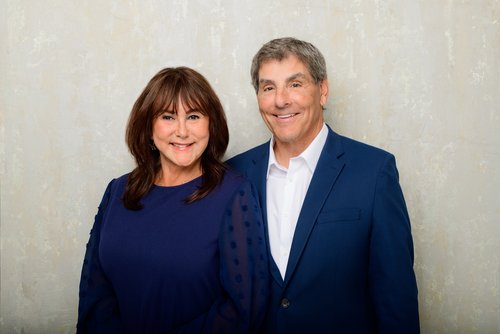Home Modifications for Senior Safety
/Age brings wisdom, but it’s not so kind to the body. Over the years, our muscle mass decreases while our bones lose their density, making them more susceptible to fracture. Furthermore, the years take their toll on a person’s equilibrium, and brain deterioration slows your reaction time when it comes to responding to danger. All of these factors result in a loss of mobility, something most seniors experience.
Image via Pexels
There are ways to combat the loss of mobility in your golden years. Exercising regularly helps build muscles while improving bone density. Exercise also has a stimulating effect on the brain that can prevent deterioration and even slow down the onset of serious disorders like Alzheimer’s disease. Eating a wholesome diet full of protein, vitamins, and minerals supports the body and provides the fuel it needs to build tissue. However, all the diet and exercise in the world can’t turn back the clock. That’s why it’s important for seniors with mobility issues to make modifications around the house to protect themselves and ensure they can age in place safely.
Ring the Alarm
Detecting a potential threat before it becomes life-threatening allows seniors with mobility issues to have the time they need to remove themselves from a dangerous environment and contact the help they need. Two of the most important safety features in a senior’s home are smoke alarms and carbon monoxide detectors. Placing these two kinds of alarms throughout the house in the right areas can prevent catastrophes that can lead to serious injury or even death.
Of course, anyone who has ever cooked before knows that smoke alarms can be set off when there is no danger present. That loud beeping can be quite a nuisance, so it is important to find versions of alarms that people with mobility issues can regulate. Thankfully, there are fire safety solutions available for people with disabilities, including those that are hard of hearing or with mobility impairments -- two ailments common in people over the age of 65.
Prevent Slip and Falls
Slip and falls are the leading cause of fatal injury and the most common cause of nonfatal trauma-related hospital admissions among seniors. Stopping fall before they happen is the best way to ensure your own safety as you age in place. While you might think that laying down some rugs to add traction to your floors is good enough, the truth is these can be more harmful than helpful. A better option is to install slip-resistant flooring throughout the home or at least in hazardous rooms like the kitchen and bathroom.
Other ways to prevent injury from falling include:
● Install handrails and safety seats to showers and tubs.
● Place non-slip mats in high-risk areas.
● Remove rugs, clutter, and other obstacles that may cause tripping.
● Secure furniture that can tip over.
● Replace items with sharp edges or glass tops with safer options.
● Install an elevated toilet or toilet seat.
● Install ramps over steps and stairs.
Security Systems for Seniors
When seniors choose to age in place, it’s important that they have some sort of monitoring system that ensures all is well and normal within the house. Today, security systems for seniors are easy and convenient to use. Most of them connect to your smartphone so you can control cameras and alarms even when you are away from the house. When choosing an alarm system, look for versions that address the specific needs of seniors. For instance, some security companies connect to medical alert services that will dispatch EMC units in case of accident or injury. Many of them also have home automation, providing security even when you forget to turn your system on at night.
For seniors to keep their independence, they must have a safe environment to live in. Safe is a relative term that must factor in a person’s individual needs. Understanding your health, medical conditions, and any complications that may arise is the first step to staying in your own home. However, the safety guidelines mentioned above are generally good ideas for seniors no matter the medical condition, as long as they need help with accessibility as they lose mobility with age.
Guest article by: Hazel Bridges, Hazel@agingwellness.org
















